Syrian Art at the Met
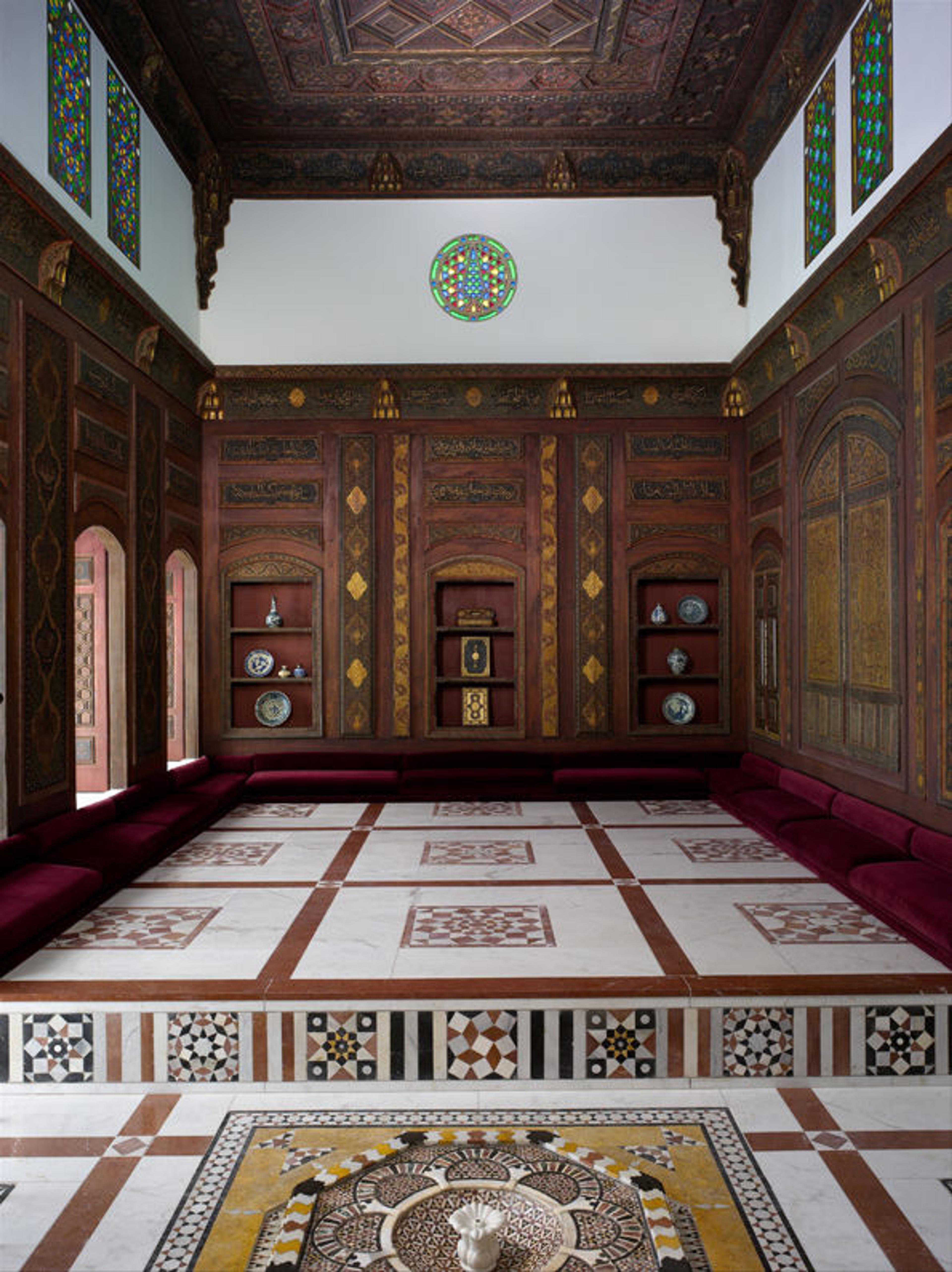
Damascus Room, dated A.H. 1119/A.D. 1707. The Metropolitan Museum of Art, New York, Gift of The Hagop Kevorkian Fund, 1970 (1970.170)
«The situation in Syria is both grave and deeply troubling. In the midst of such striking human suffering, all other concerns can easily get lost in the shadows. But we must believe that there will be a time when peace returns to Syria, and when that moment arrives, it would be tragic to find that most of the country's heritage had been lost.»
Today the International Council of Museums (ICOM) hosted a press event at the Met to bring attention to the destruction and looting of Syria's cultural history, before it's too late. Not only are historic buildings and archaeological sites being destroyed, but works of art from every period of Syria's very long history are at risk.
Syrian art is represented in six areas of the Met: Greek and Roman; Islamic; Medieval; Ancient Near Eastern; Musical Instruments; and Arms and Armor. Here we have gathered examples from each department to highlight the range and beauty of Syrian art and to raise public awareness of what its historic cultures produced.
Greek and Roman Art
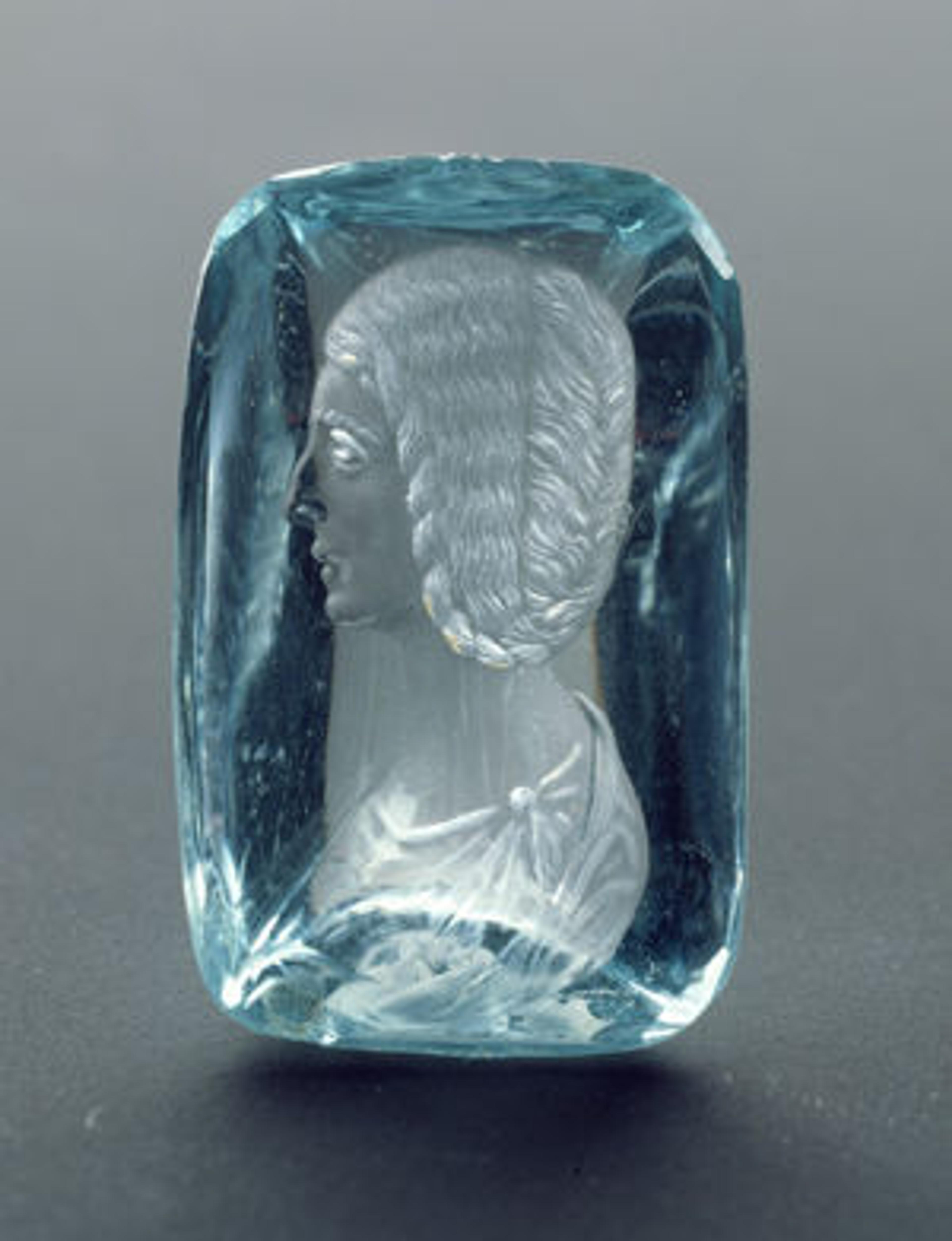
Beryl intaglio with portrait of Julia Domna, ca. A.D. 200–210
Mid-Imperial, Severan
Roman
The Metropolitan Museum of Art, New York, Fletcher Fund, 1925 (25.78.90)
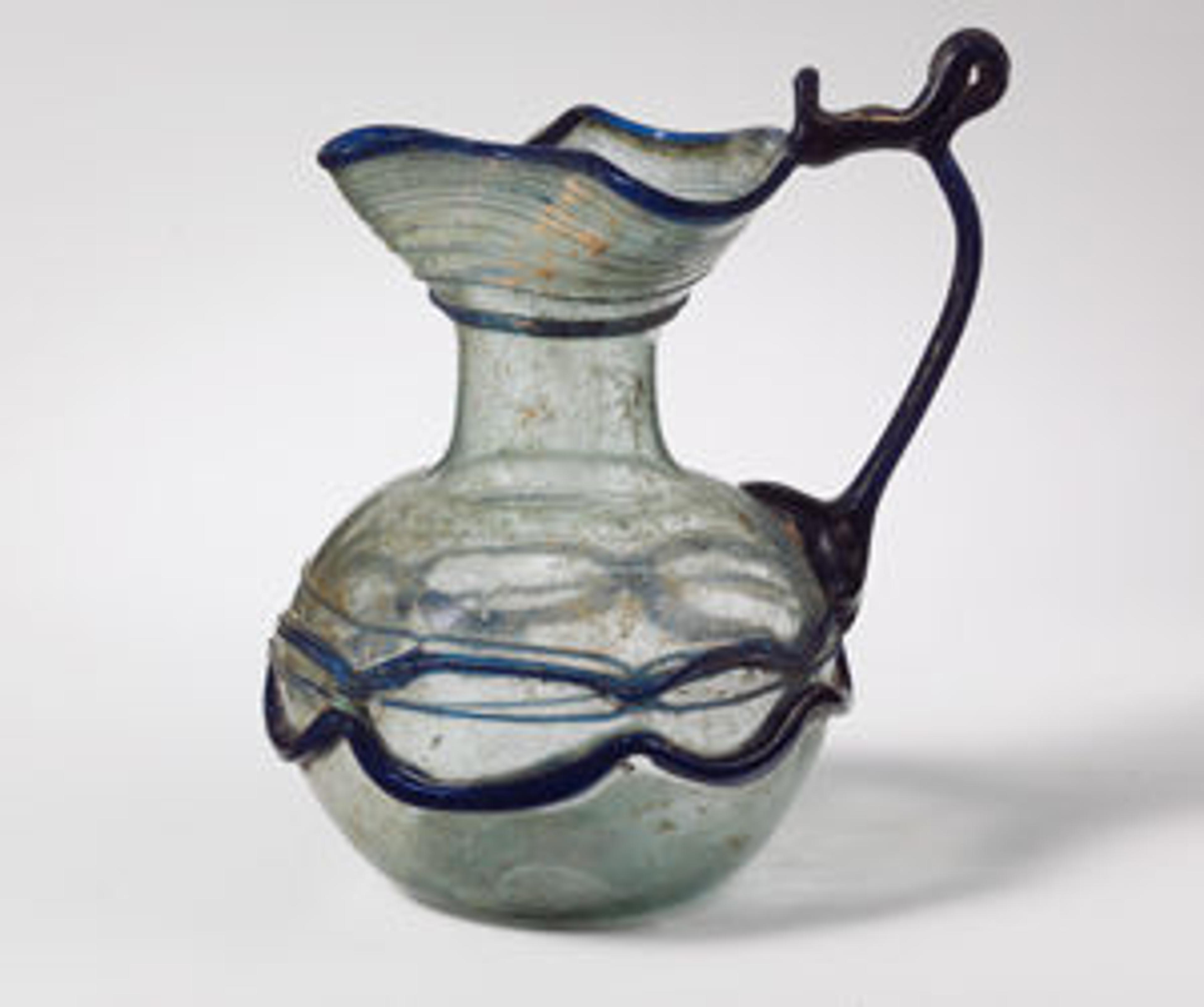
Glass jug with trefoil rim, 5th–6th century A.D. or later
Late Imperial or Early Byzantine
Roman, Syrian
Glass; blown, trailed, and tooled
The Metropolitan Museum of Art, New York, Bequest of George D. Pratt, 1935 (37.128.6)
Islamic Art

Ceramic Lantern, early 13th century
Syria, probably Raqqa
The Metropolitan Museum of Art, New York, Edward C. Moore Collection, Bequest of Edward C. Moore, 1891 (91.1.138)

Mosque Lamp, 14th century
Egypt or Syria
Glass, colorless with yellow tinge; blown, applied blown foot, enameled and gilded
The Metropolitan Museum of Art, New York, Edward C. Moore Collections, Bequest of Edward C. Moore, 1891 (91.1.1539)
Medieval Art
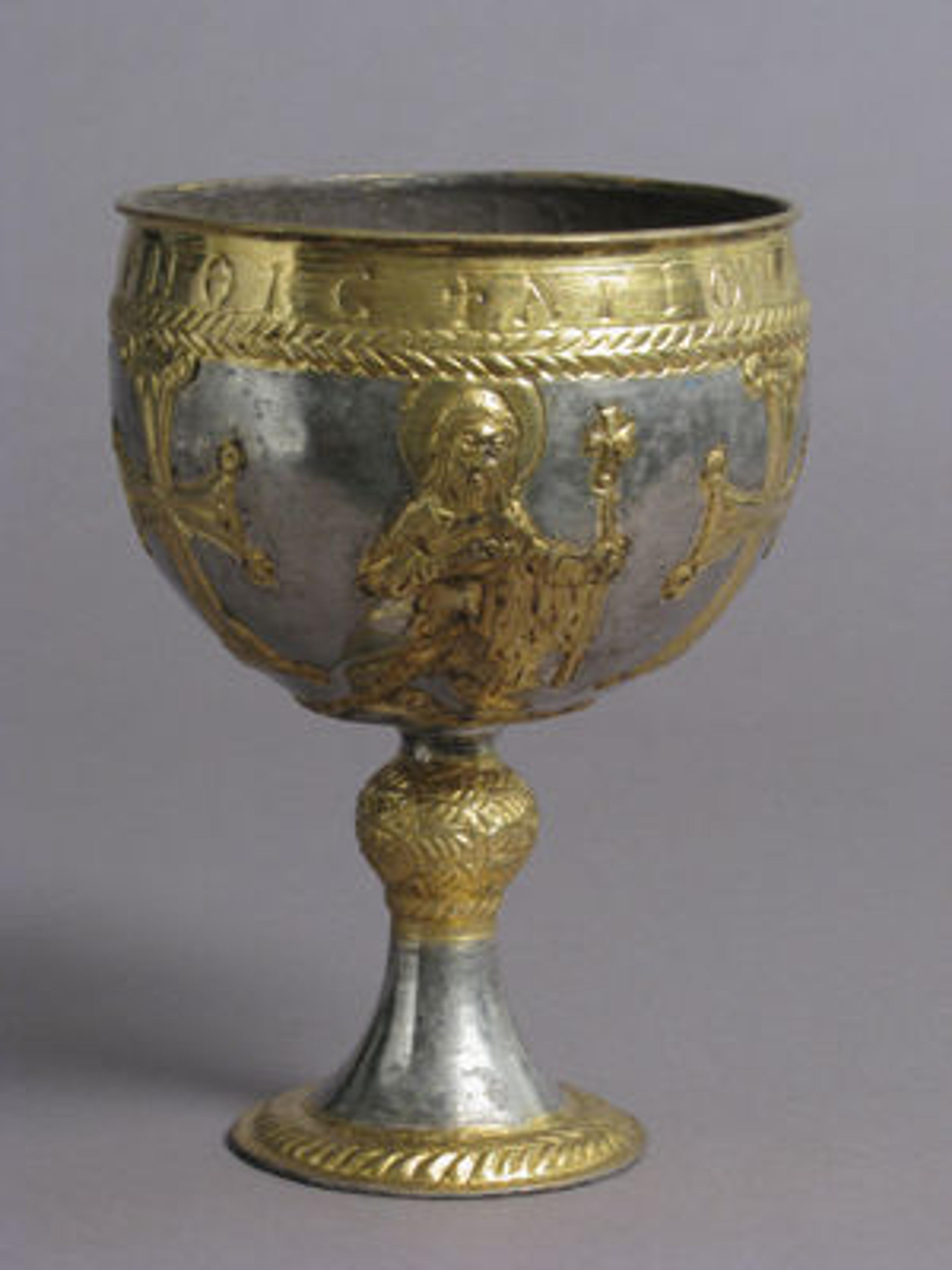
The Attarouthi Treasure—Chalice, late 6th–early 7th century
Made in Attarouthi, Syria
Byzantine
Silver and gilded silver
The Metropolitan Museum of Art, New York, Purchase, Rogers Fund and Henry J. and Drue E. Heinz Foundation, Norbert Schimmmel, and Lila Acheson Wallace Gifts, 1986 (1986.3.10)
Yellow-Green Hexagonal Glass Bottle with a Stylite Saint, mid-5th–7th century
Made in Syria (?)
Moulded Glass
The Metropolitan Museum of Art, New York, Gift of Mrs. Carleton S. Coon, 1961 (61.247)
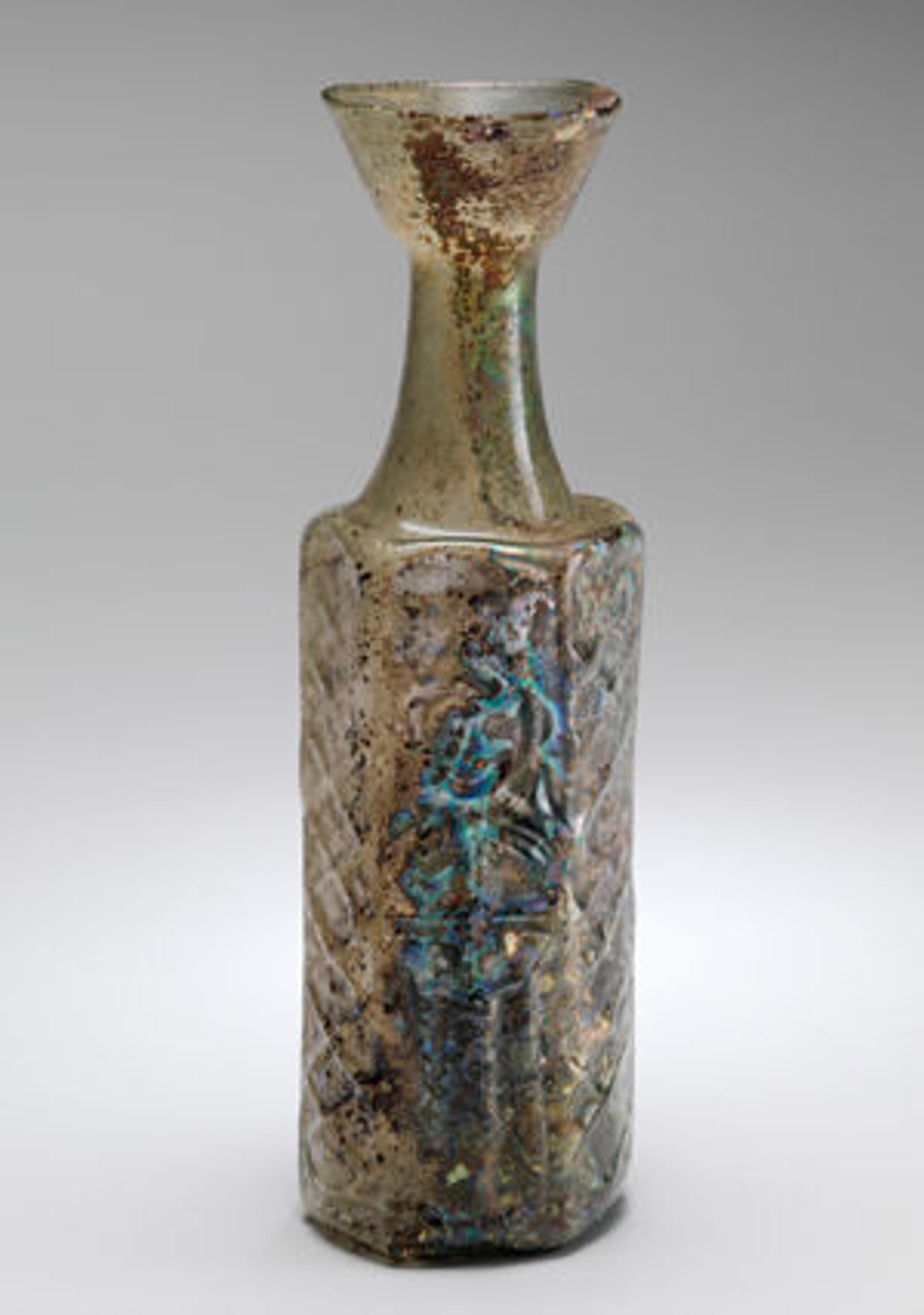
Ancient Near Eastern Art
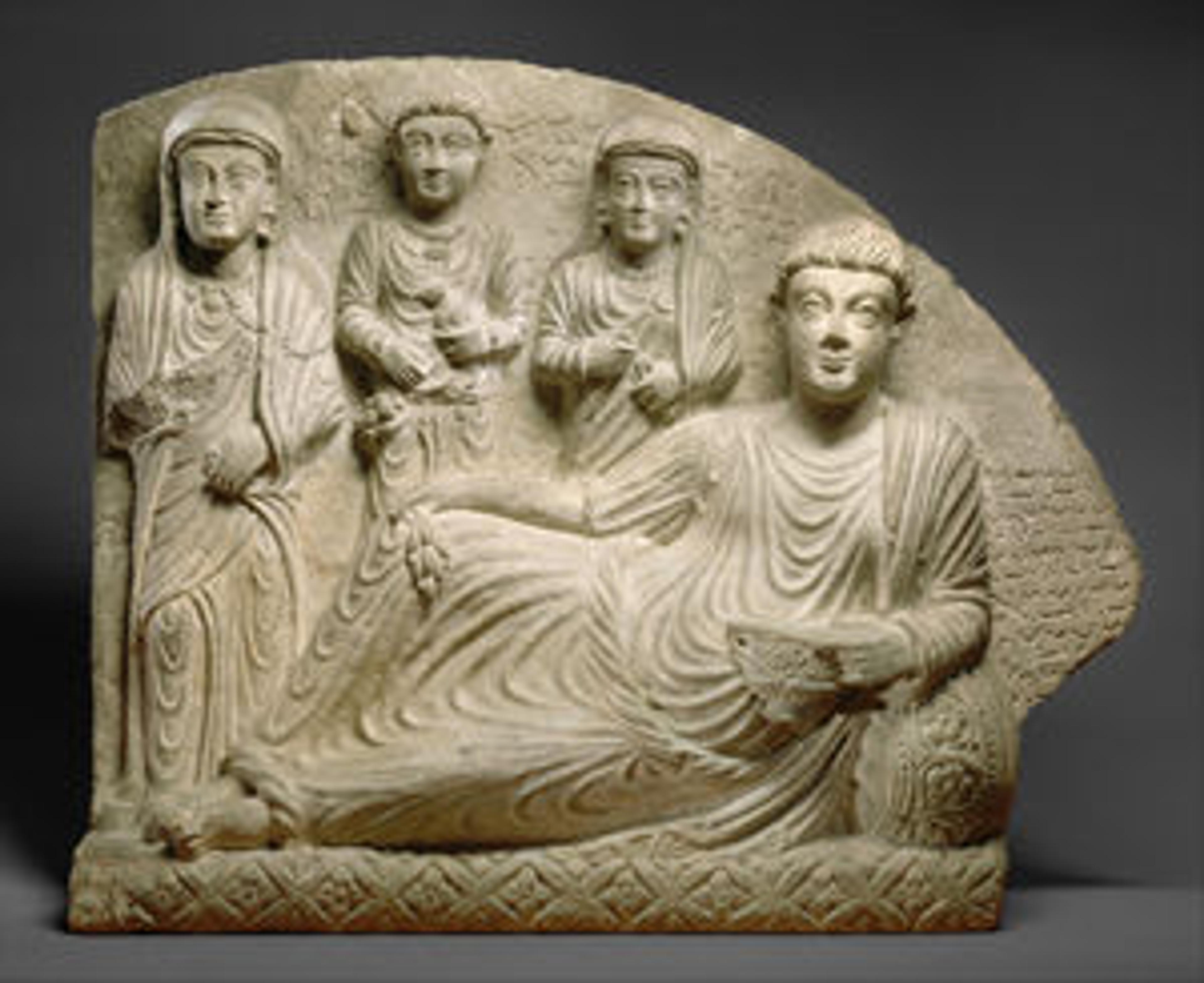
Gravestone with funerary banquet, ca. 2nd–3rd century A.D.
Syria, probably from Palmyra
Limestone
The Metropolitan Museum of Art, New York, Purchase, 1902 (02.29.1)

Orthostat relief: winged human-headed bull, ca. 9th century B.C.
Neo-Hittite
Syria, Tell Halaf (ancient Guzana)
The Metropolitan Museum of Art, New York, Rogers Fund, 1943 (43.135.4)
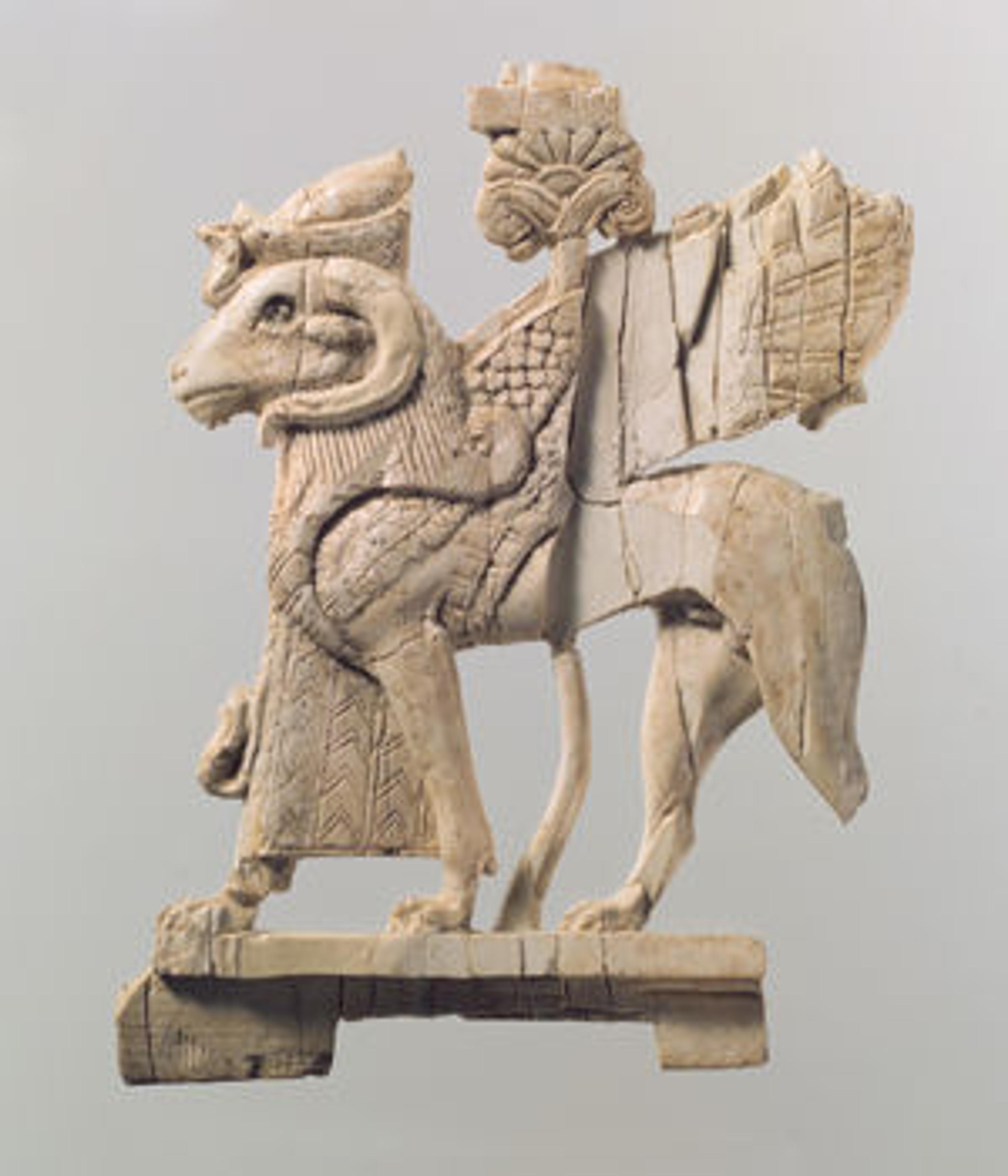
Openwork plaque with ram-headed sphinx, ca. 9th–8th century B.C.
Neo-Assyrian Period
Syria, probably from Arslan Tash (ancient Hadatu)
Ivory
The Metropolitan Museum of Art, New York, Fletcher Fund, 1957 (57.80.2)
Musical Instruments
Rabab Ash-Sha'ir, 19th century
Syria
Wood, parchment
The Metropolitan Museum of Art, New York, Gift of Joseph W. Drexel, 1889 (89.2.175a, b)
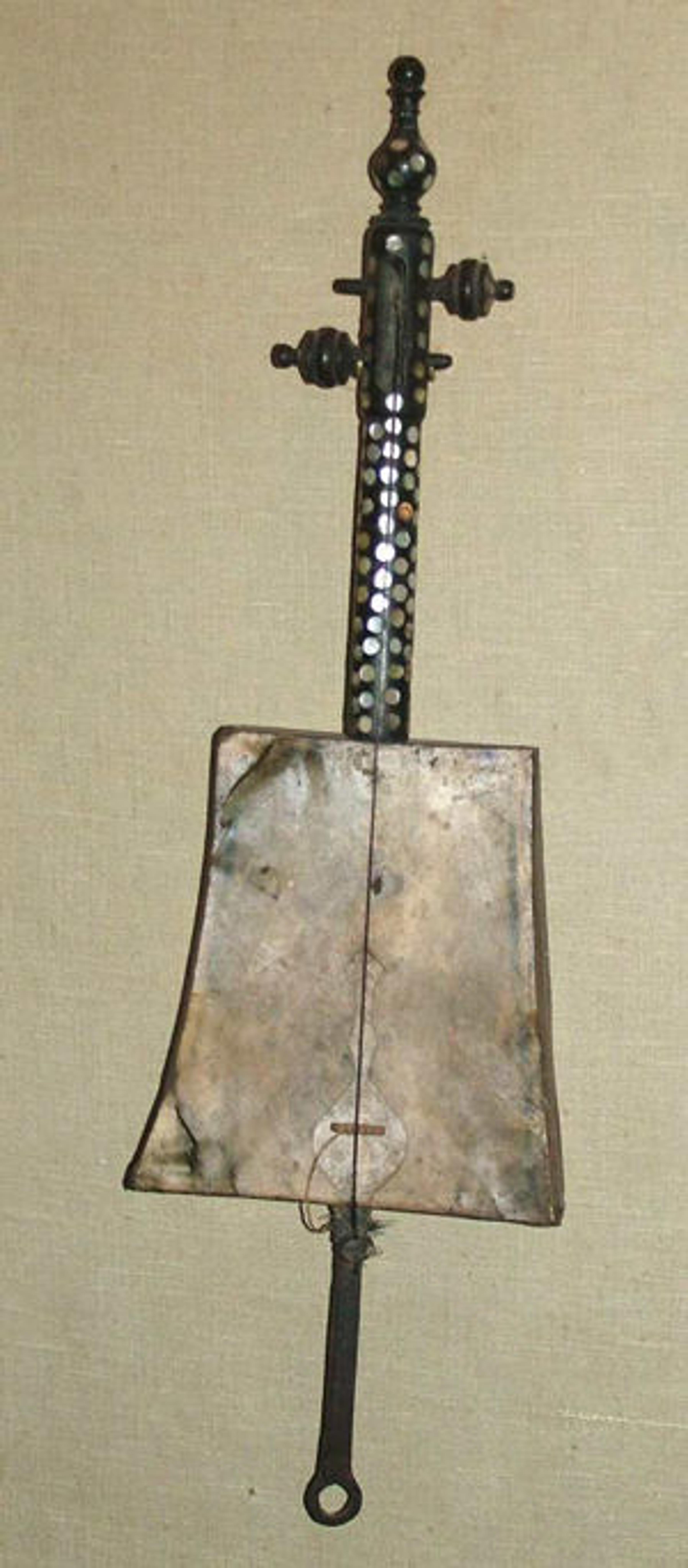
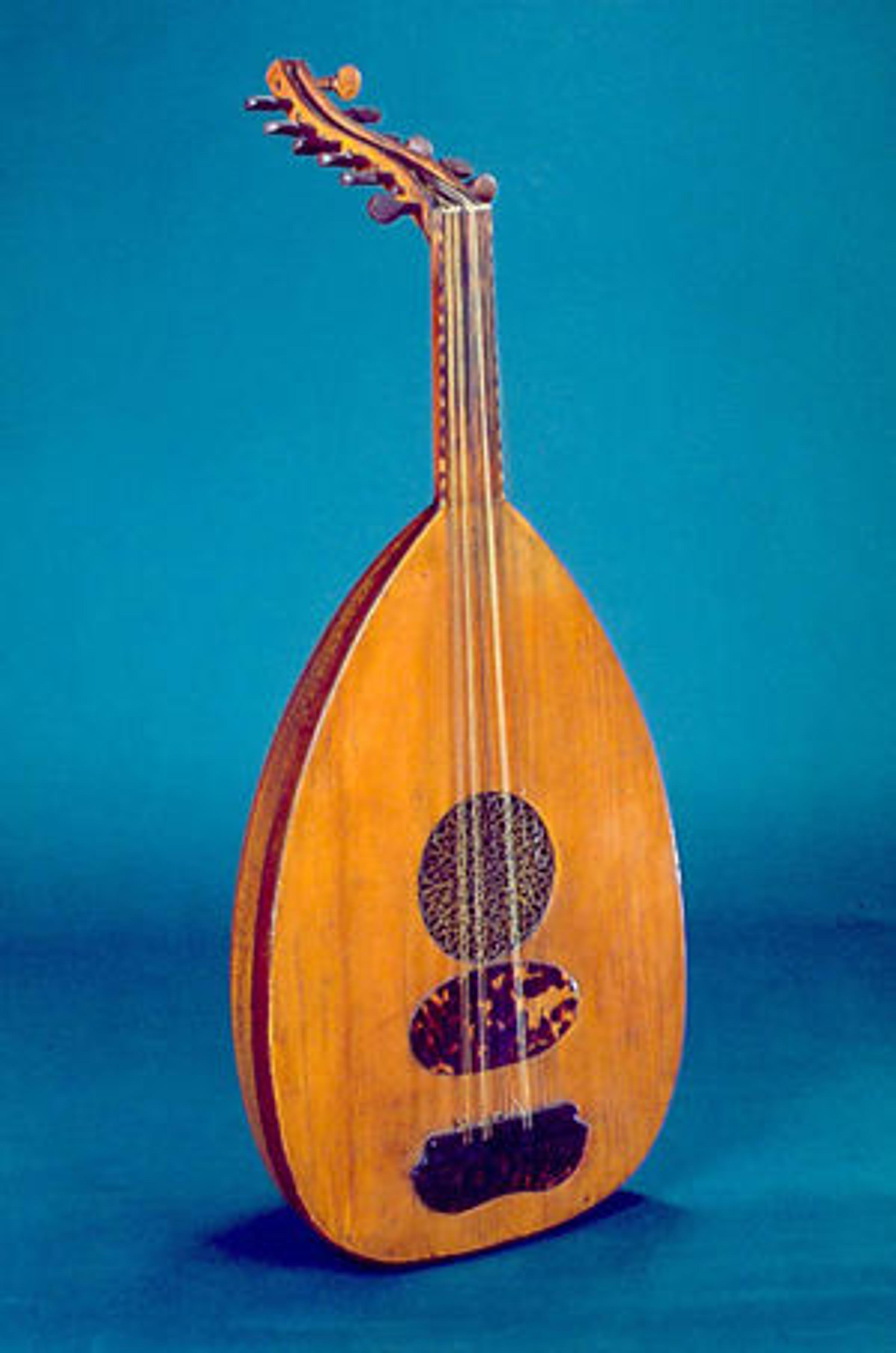
Ūd, 19th century
Syria
Woods and various materials
The Metropolitan Museum of Art, New York, Gift of Dr. George C. Vaillant, Miss Marian Vaillant and Mrs. Benjamin Tenney, Jr., in memory of their brother, Louis D. Vaillant, 1944 (44.50.2)
Arms and Armor
Helmet, ca. 1500
Probably Turkish or Syrian
Steel, engraved and gilt; brass
The Metropolitan Museum of Art, New York, Bequest of George C. Stone, 1935 (36.25.126)
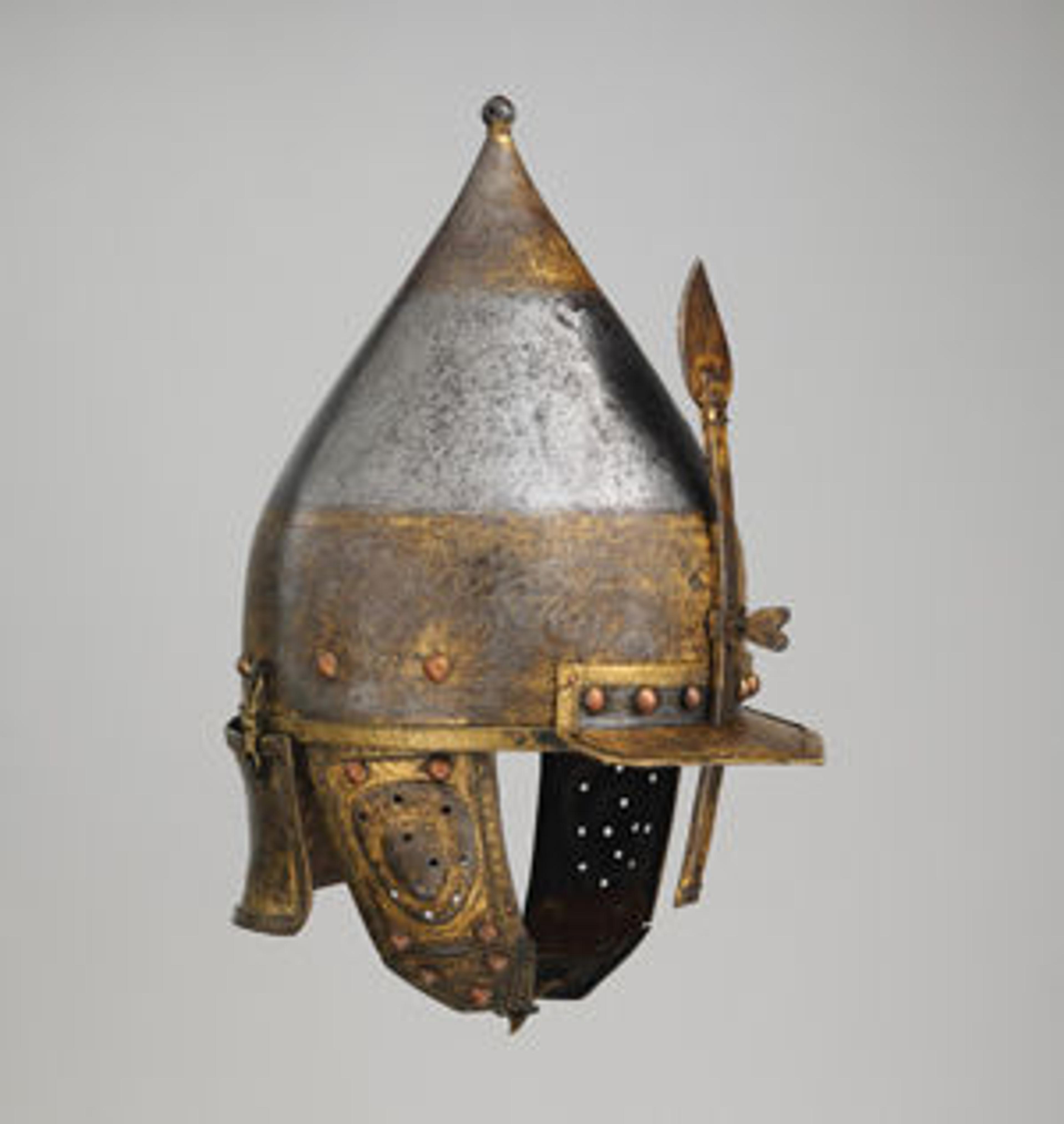
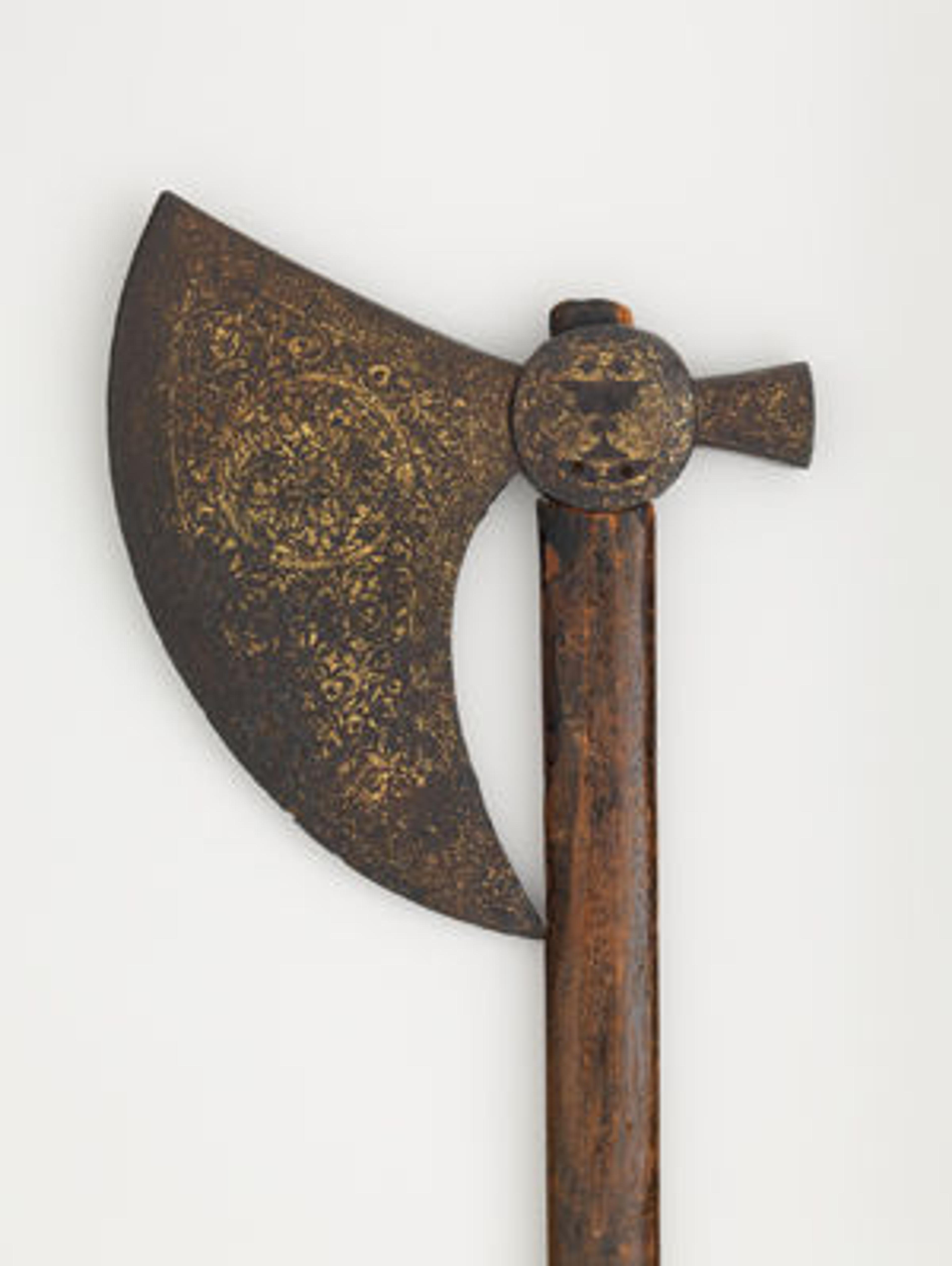
Ax, ca. 1450–1500
Syrian
Steel, damascened with gold
The Metropolitan Museum of Art, New York, Purchase, Bashford Dean Bequest, 1969 (69.156)
Thomas Campbell
Thomas P. Campbell was formerly the director and CEO of The Metropolitan Museum of Art.